AI: Impact & Implications
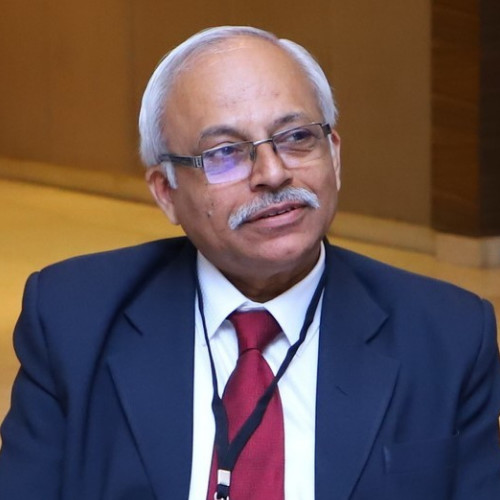 Today applications of machine learning and Artificial Intelligence (AI) have the potential to facilitate predictive, preventive, personalized, and participatory medicine customized to the patient’s needs….
Today applications of machine learning and Artificial Intelligence (AI) have the potential to facilitate predictive, preventive, personalized, and participatory medicine customized to the patient’s needs….
By Dr Amitav Banerjee
A group of scholars cutting across disciplines was the first to articulate the concept of Artificial Intelligence (AI) in the year 1956. John McCarthy, the thought leader of this group, a mathematician, hypothesised, “… Every aspect of learning or any other features of intelligence, can in principle be so precisely defined that a machine can be made to simulate it.”
This was a seminal prophesy. It went on to spawn AI and subsequently its progeny machine learning. Over the years, exponential increase in speed and capacities of computers, driven by increasingly smaller chips, greater connectivity, and advances in quantitative epidemiology with predictive models have generated potential for application of AI and machine learning in medicine and public health. Some predict that in coming years AI may replace 80% of doctors.
Applications of machine learning and AI have the potential to facilitate predictive, preventive, personalized, and participatory (P4) medicine customized to the patient’s needs. These enable patients to be categorised on their disease subtypes, risk, prognosis or response to pharmaceuticals on the basis of “in silico” models. “In-silico” (from silicon in computer chips), is the term for computer simulation models.
Lessons from history
The history of medicine is full of examples where a small step in technology transformed into a giant leap for Medicine.
Science in the laboratory was always ahead of medicine practiced at the bedside. In the early days of primitive medical practice, scientists working in the laboratory commanded more respect than the doctor at the bedside. During this era, modern medicine as we know it now had not arrived. The doctor along with the priest offered palliative terminal care. Hospices were the forerunners of modern day hospitals.
Small steps in science have been giant leaps for Medicine.
Small steps in science meant giant leaps in medicine. The dissection of the human body in 1540 by Vesalius was a giant leap for surgery. The baton was carried forward by Ambroise Pare the father of modern surgery. With the discovery of the antiseptic properties of carbolic acid, used to treat sewage, Joseph Lister could take surgery to newer heights by preventing wound infections. The discovery of anaesthesia was the final giant leap for surgery, propelling it today to the age of minimally invasive and robotic surgery.
Similarly, the discovery of microbes, vaccines and antibiotics propelled rapid advances in medicine, allied disciplines and public health. Non-invasive diagnostic technology such as ultrasonography, computerized axial tomography (CAT Scan), Magnetic Resonant Imaging (MRI), were giant leaps over the diagnostic accuracy achieved by the clinician’s five senses.
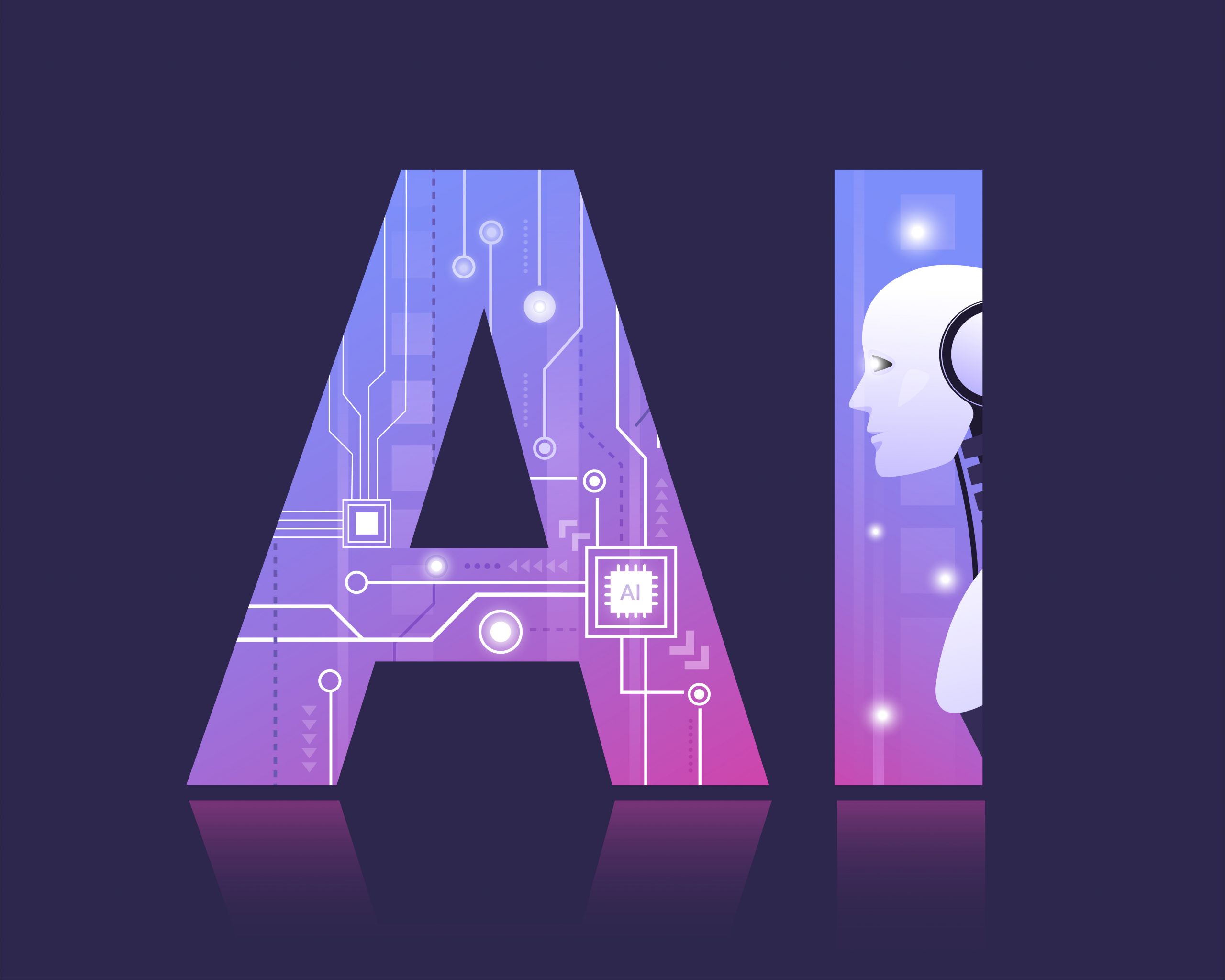
AI and Machine Learning will similarly impact the future of Medicine in a big way.
Big data mining and deep learning algorithms have the potential for wide scale applications in medicine particularly in disciplines such as personalized medicine, histopathology and radiology. Diagnostic accuracy of these tools has sometimes surpassed that of specialists in the field.
Radiology may come full circle. In the early seventies, before the arrival of CAT scan, MRI and other advanced technologies, it was not a much sought after speciality. With these non-invasive diagnostic procedures radiology became one of the most sought after specialities. AI and machine learning tools are threatening its position as medicine’s most coveted discipline. A professor of radiology at Stanford University received a correspondence from one of his students expressing concern that radiology is not a viable profession anymore!
Geoffrey Hinton, a descendent of George Boole (famous for inventing Boolean algebra), and a data scientist, predicts that machine will overtake doctors and some specialists will become redundant. He predicts that soon the machine will be more accurate than radiologists and goes to the extent of recommending closure of the discipline! He doesn’t spare other medical specialities either. He believes that deep learning algorithms will in the future give histopathology reports, interpret Pap smears, make out abnormal heart sounds and rhythms, interpret skin disorders, and make predictive rules in psychiatric patients.
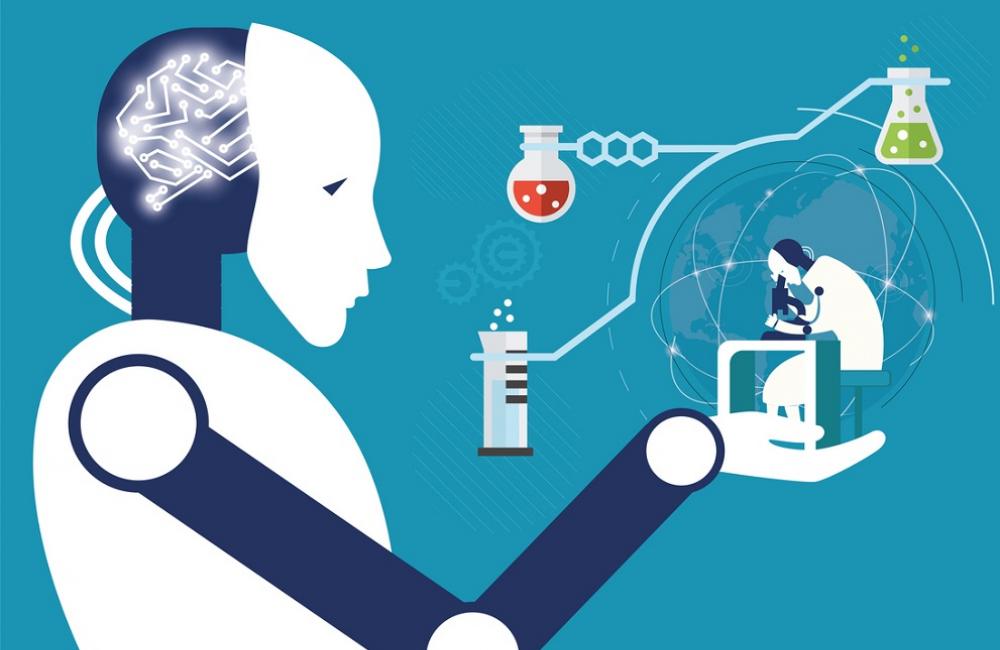 Jorg Goldhahn, a Translational Researcher from Switzerland, has similar views. According to him, while doctors may be better than machines presently, soon machine will outdo the physician. Deep learning machine can incrementally correct and upgrade quicker than humans. Machine will also increasingly undertake clinical tasks which call for judgment such as ethical appraisals and cost benefit analysis. According to Goldhahn, doctors will be unable to balance the exponential increase in medical literature and at the same time devote time to patient care, because of sheer volume. Machine learning will solve this stalemate according to him. Natural language processers, like ChatGPT, and related developments, will help doctors to keep abreast with the medical literature, and also negotiate complex pathways for instance on drug interactions and adverse events following medical intervention.
Jorg Goldhahn, a Translational Researcher from Switzerland, has similar views. According to him, while doctors may be better than machines presently, soon machine will outdo the physician. Deep learning machine can incrementally correct and upgrade quicker than humans. Machine will also increasingly undertake clinical tasks which call for judgment such as ethical appraisals and cost benefit analysis. According to Goldhahn, doctors will be unable to balance the exponential increase in medical literature and at the same time devote time to patient care, because of sheer volume. Machine learning will solve this stalemate according to him. Natural language processers, like ChatGPT, and related developments, will help doctors to keep abreast with the medical literature, and also negotiate complex pathways for instance on drug interactions and adverse events following medical intervention.
Can Machines emulate the charisma of Old World Medicine, epitomized by Dr Joseph Bell, the grand detective of Medicine?
Clinicians of a past era were keen observers. They were taught to unobtrusively observe right from the moment the patient entered the doctor’s office. The demeanour, the stride, the handshake, the voice and other subtle signs provided vital clues to the clinician. Often it helped them to arrive at a diagnosis before the history-taking and clinical examination. Dr Joseph Bell, a Scottish Surgeon at the University of Edinburg in the nineteenth century, had refined these skills to perfection. He inspired one of his students, Arthur Conan Doyle who modelled the iconic fictional detective Sherlock Holmes after him. Will machines be able to emulate such astute clinicians?
Surprisingly, they may. Sebastian Thrun a former scientist at Stanford University believes they will be able to simulate clinical acumen as well. Machine learning tools may be incorporated into items of daily use. For instance, our phones may detect incipient changes in our voice and help to detect early Alzheimer. The way we manoeuvre the steering wheels of our car may give hint of early Parkinson disease. Our bathtubs can act as scanners with help of ultrasound or MRI to detect any internal tumor.
 However, unlike most big data scientists, Thrun is kind to doctors. He says doctors will not be replaced by machines. On the other hand, doctors will perform better, faster and commit fewer errors with the help of these tools.
However, unlike most big data scientists, Thrun is kind to doctors. He says doctors will not be replaced by machines. On the other hand, doctors will perform better, faster and commit fewer errors with the help of these tools.
How will AI and Machine Learning Impact Public Health and Epidemiology?
In addition to influencing the practice of clinical medicine, AI and Machine learning will have an impact on the practice of Public Health and Epidemiology. India, if it could leverage its large population advantage is favourably placed in maximizing the benefits of AI in public health. Unlike humans who can develop intuition and can be trained in pattern recognition with comparatively fewer examples, the training of AI systems involves a vast number of examples. India with its vast population and huge disease burden, a so called “data dividend,” has an opportunity for training AI systems optimally.
Determinants of health may vary from region to region in this vast country. Machine learning tools using big data are ideal for unravelling the epidemiological complexities of most of our public health problems. AI can discern patterns in these complexities. Continuously monitoring using AI systems can predict outbreaks for instance by monitoring footfalls in hospitals and health centres, population movements in fairs and festivals and for work, vector density, meteorological conditions and so on, similar to Google maps displaying traffic situation in real time. It can also identify underserved areas and by piggy-backing on telemedicine can provide health cover to these remote areas.
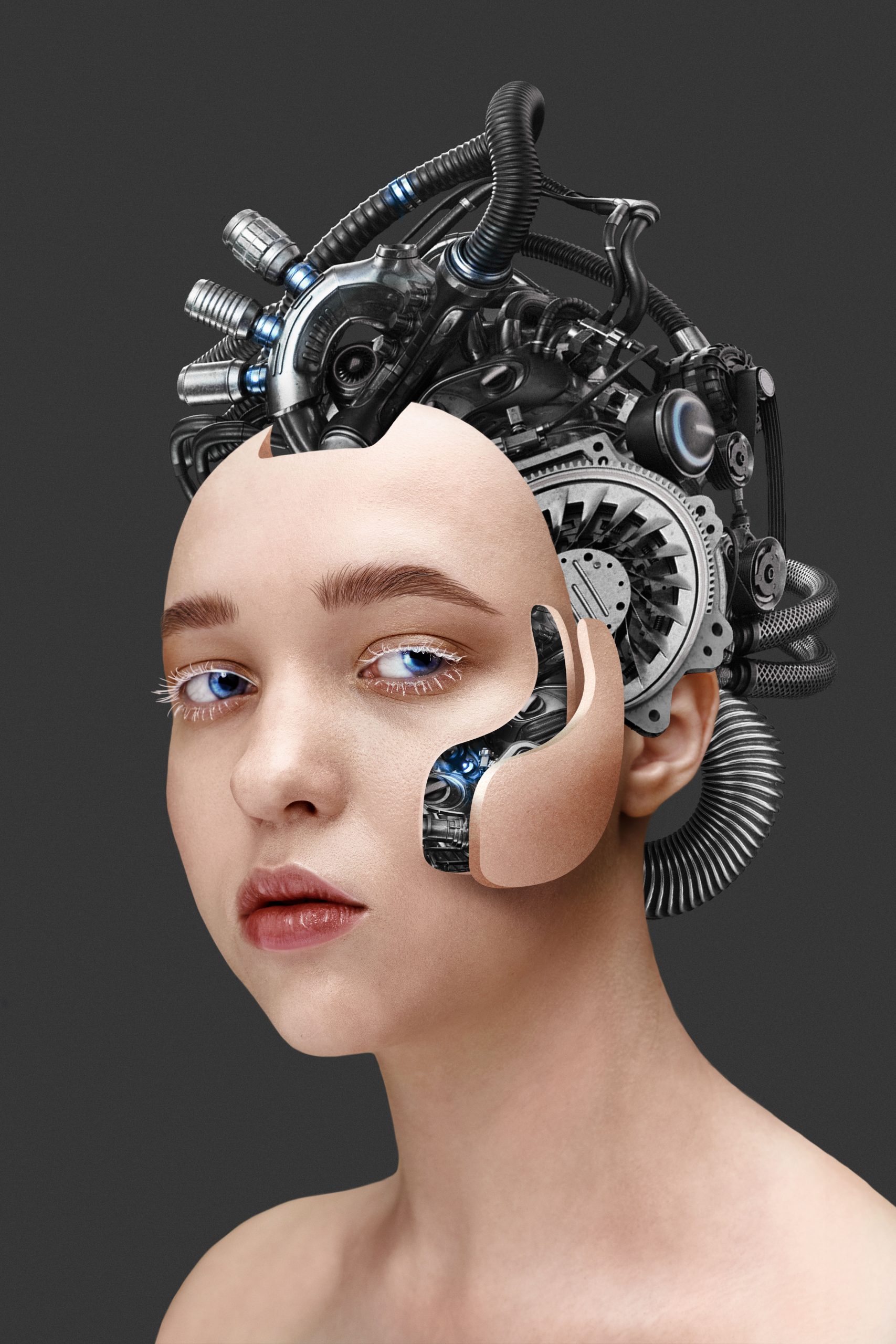 Will application of AI and Machine Learning in Medicine alienate doctors and patients?
Will application of AI and Machine Learning in Medicine alienate doctors and patients?
We are on the brink of a major paradigm shift at a time when Medicine is passing through a crisis. While the advances in Medicine have been remarkable, it has come at a price, literally, by raising the cost of care exponentially and increasing inequities. And, paradoxically, with advances in medicine, the doctor-patient relationship is at its nadir, with increasing litigations and violence against doctors. This is wrought by technology. The machine acts as a barrier between the doctor and the patient. During a consultation today, the doctor’s gaze is fixed on the computer screen accessing the patient’s investigation reports, or entering details for the Electronic Health Records with no time to spare for a personal interaction with the patient. While the treatment and management of the disease may be state of the art, the rapport with the patient is missing. Cure without care is the norm, technology has converted hospitals to factories and doctors into assembly line workers. Most doctors and patients are unhappy in this environment, with burnouts among the former, and increasing litigations and violence against doctors by the latter.
Any technological advance has its teething troubles. Modern technology may be presently facing this. AI and Machine Learning while they seem threatening to most actually bring us hope. Provided they are used appropriately and optimally. While they may seem disruptive in the short run, in the long run they can make medical care more humane. Future developments in AI and Machine Learning may bring back the past when the physician’s empathy, communication skills and personal attention to the patient contributed to the healing process.
Doctors using AI and Machine Learning tools will be spared from the mundane tasks which take up most of their time presently. To give one example, AI enabled voice and image recordings will make Electronic Health Records extinct. This will offer physicians the gift of time which if properly used can revive the presently fragile doctor-patient relationship. They will have time to communicate better with their patients. According to some projections time for such interactions will increase by 25%.
The machine may outperform the doctor in most tasks. However, the machine, howsoever fast and accurate in performing repetitive tasks, pattern and image recognitions will come to a dead end when faced with social and cultural determinants of health and disease. Here the doctor will outperform the machine. Patients welcome the human warmth of direct interaction with the doctor. Machines with all their precision and accuracy can at the most provide perfect but sterile health care without the soul. Doctors will be able to give quality time to their patients and bring back the lost art to medicine.
(The author is Professor in Community Medicine, DY Patil Medical College, Pune and an Academic Editor of PLOS ONE)

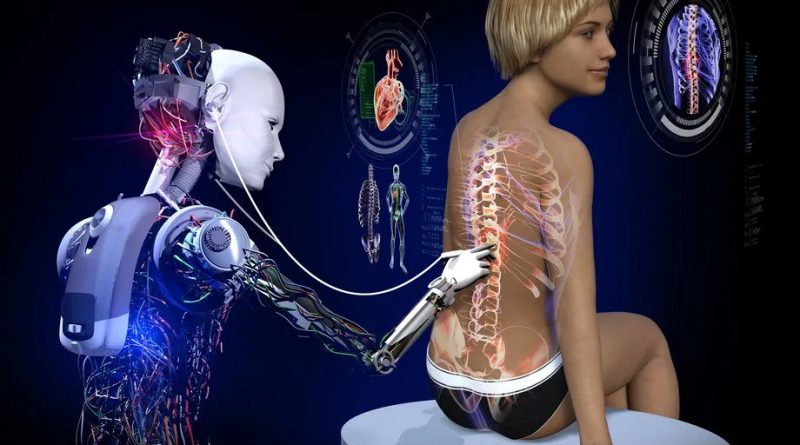
An overall optimistic blog on the subject esp the last para which provides respite and hope lest human patients are intimated of the cold yet learned machines.